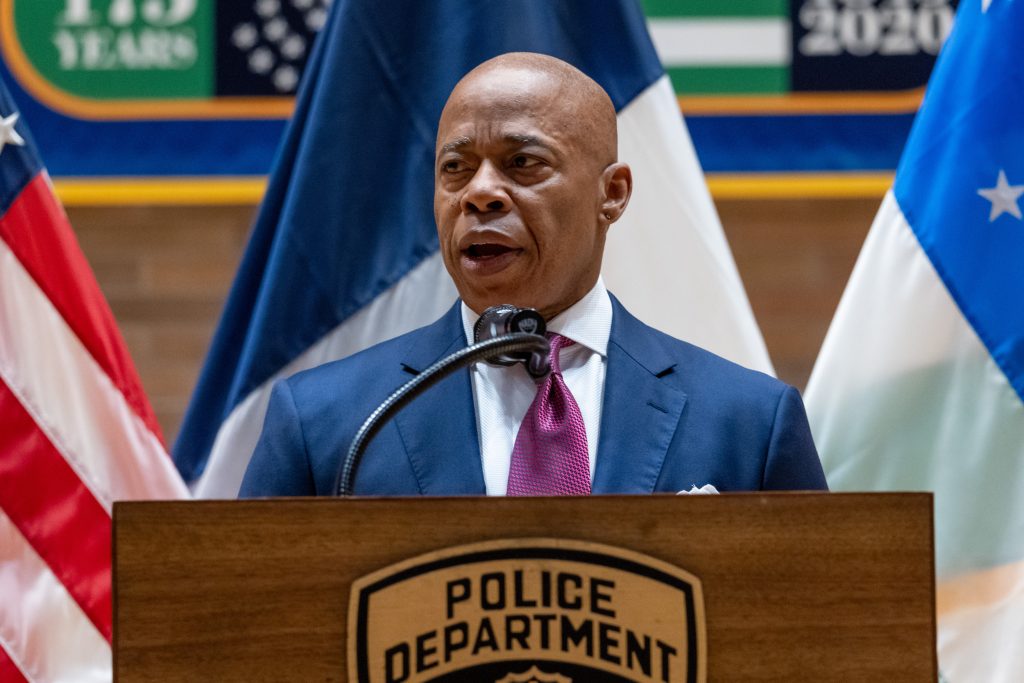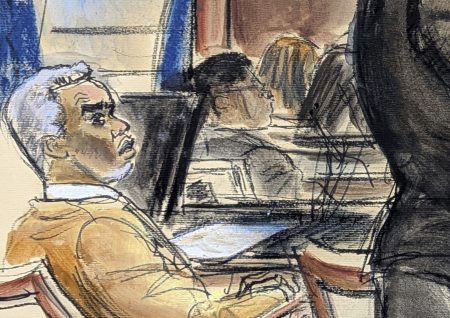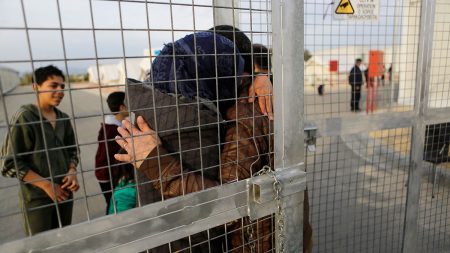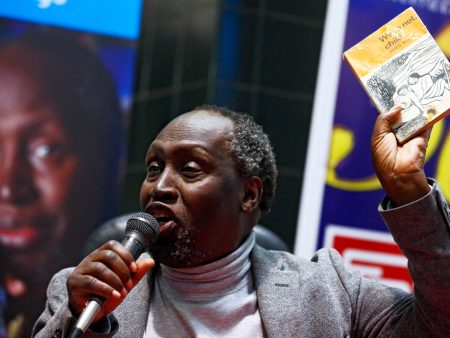The arrest of Luigi Mangione in connection with the murder of UnitedHealthcare CEO Brian Thompson has reignited the debate surrounding mask-wearing in public spaces and its implications for safety and security. New York City Mayor Eric Adams has consistently advocated for businesses to request patrons temporarily lower their masks upon entry, arguing that this practice can significantly aid law enforcement in identifying suspects and solving crimes. While some view this measure as a necessary step to deter crime and enhance public safety, others express concerns about potential privacy infringements and the stigmatization of mask-wearers.
Mayor Adams’s proposal stems from the belief that masks, while serving a crucial public health function during the COVID-19 pandemic, can also be exploited by criminals to conceal their identities. The murder of Brian Thompson, where the gunman wore a medical mask, serves as a stark example of this potential vulnerability. Adams emphasizes the temporary nature of the mask removal, suggesting a brief lowering for identification purposes, not a complete abandonment of the practice. He envisions this as a collaborative effort between businesses, ride-sharing services, and the public to expedite investigations and bring perpetrators to justice more swiftly. The presence of security cameras in many establishments and vehicles further strengthens the case for this measure, providing valuable visual evidence that can be used to track and apprehend suspects.
The issue of mask-wearing has become increasingly politicized, with varying opinions on its efficacy and necessity. While many continue to wear masks indoors as a precaution against COVID-19 and other respiratory illnesses, others view mandates and recommendations as an infringement on personal liberties. Mayor Adams’s proposal adds another layer of complexity to this debate, intertwining public health concerns with security considerations. Striking a balance between individual freedoms and public safety remains a central challenge, and the discussion surrounding mask-wearing continues to evolve in the context of a post-pandemic world.
The arrest of Mangione, while a significant development in the Thompson murder investigation, also raises questions about the proliferation of ghost guns. These untraceable firearms, often assembled from 3D-printed components, pose a serious threat to law enforcement and public safety. Their accessibility and anonymity make them a weapon of choice for criminals seeking to evade detection. The discovery of a ghost gun in Mangione’s possession underscores the urgent need for stricter regulations and control measures to address this growing problem. The investigation into Thompson’s murder will likely delve into the origin and acquisition of the firearm, shedding light on the underground networks that facilitate the distribution of these dangerous weapons.
While Mangione’s arrest offers a glimmer of hope for bringing closure to Thompson’s family and colleagues, it also serves as a reminder of the complex challenges facing urban centers like New York City. Balancing public health concerns with safety and security considerations, addressing the proliferation of untraceable firearms, and fostering a sense of community and cooperation are all crucial aspects of building a safer and more resilient city. The debate surrounding mask-wearing in public spaces is just one facet of this broader conversation, and finding common ground remains a critical task for policymakers and the public alike.
As the investigation unfolds, more details will emerge about the circumstances surrounding Thompson’s murder and the role of Mangione in the crime. The focus will inevitably shift to establishing a clear motive and gathering sufficient evidence to prosecute the perpetrator. The case also highlights the importance of community vigilance and collaboration with law enforcement. The alert McDonald’s employee who recognized Mangione and notified authorities played a crucial role in his apprehension, demonstrating the power of collective action in combating crime. Moving forward, fostering a culture of awareness and cooperation between businesses, the public, and law enforcement will be essential in maintaining a safe and secure environment for all.










